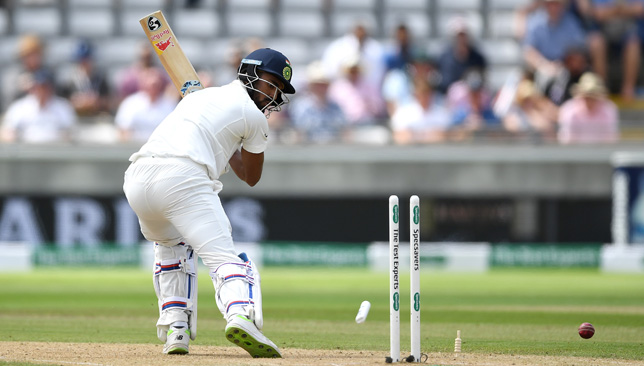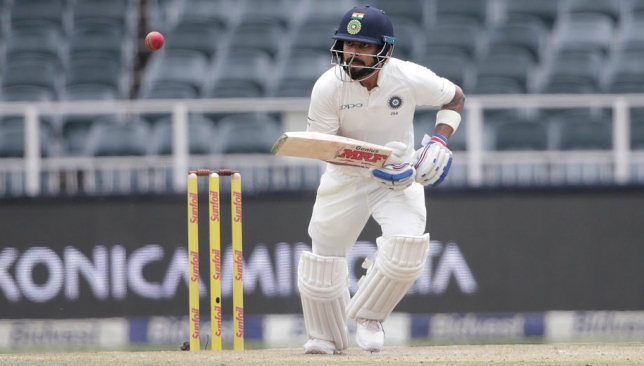
After the 2015 World Cup, England decided to focus almost all their energy on white-ball and especially one-day international cricket. Finding the right players and giving captain Eoin Morgan complete freedom to play without fear saw England rise to No1 in the rankings, emerging as the best all-round ODI team in the world and serious contenders for their maiden 50-over world title next year at home.
But that has come at a price. As England’s fortunes in limited-overs action have risen, their results in Test cricket have stumbled. The former No1 team in the world are now down to fifth. Before the start of the Birmingham Test, England had won just two out of 10 Tests. There were 4-0 losses in India and Australia.
England, who invented the game, suddenly were found wanting in the format that had become almost synonymous with English-ness.
The lesson learnt here is no matter how good you are or you think you are, you can never take it for granted. Which is something India are currently finding out with their Test batting.
This is the same Indian team that up until a few years back had icons like Sachin Tendulkar, Rahul Dravid, VVS Laxman, Virender Sehwag and Sourav Ganguly in the Test side. Runs were almost always guaranteed. And even if the batting failed, it would pick itself up almost immediately and get back on track.
But the current Indian batting truly has become a one man show. According to ESPNcricinfo, since the start of the 2017-18 season, Virat Kohli has scored 31 per cent of the team’s runs in seven Tests. It is either Kohli or nothing, especially in overseas matches.

Carrying the burden: Virat Kohli.
It’s not a coincidence that the fall in batting levels has coincided with the shift in focus towards developing a potent and all-round Test bowling attack. India have long struggled to have a pool of match ready bowlers who can take 20 wickets in most conditions. However, having an attacking bowling line-up fit perfectly with Kohli and Ravi Shastri’s vision of a fearless Team India. And that vision has been realised.
But what was once a given as far as batting is concerned has become a stumbling block. India’s batting, apart from Kohli, has no structure to it nor is adequate care given to nurturing batsmen, especially compared to how well the bowlers are being looked after.
The way a proven performer like Cheteshwar Pujara was pushed into improving his scoring rate, which then resulted in him completely losing his game, to the manner in which Ajinkya Rahane has lost confidence even away from home is all down to this overarching fixation on attacking cricket. Yes you need attacking bowlers to take 20 wickets and intent to score at a fair pace. But you also need solid anchors who can weather the storm when the going gets tough. Which is what Pujara and Rahane do in the Indian team. And this is exactly what the Indian management has failed to appreciate over the past few seasons.
Not only them, other such players who graft their runs are likely to fail to catch the eye of the team. Which is probably why a Mayank Agarwal hasn’t been selected to the Test team yet despite scoring more than 2,000 runs in domestic cricket last season.
India now have a fine bowling line-up led by a captain who who wants to attack every session and never backs down. That mentality, unfortunately, has seeped into batting and unless they realise the importance of a calming influence in the middle-order, they will continue to fall short when the stakes are really high; they failed to chase 176 in the 2015 Galle Test, failed to chase down 208 in Cape Town earlier in the year and now 194 in Birmingham.
Attack is not always the best option.